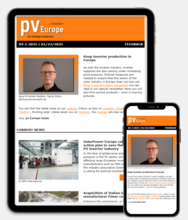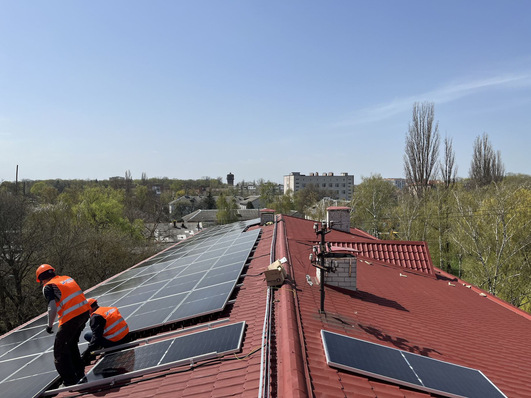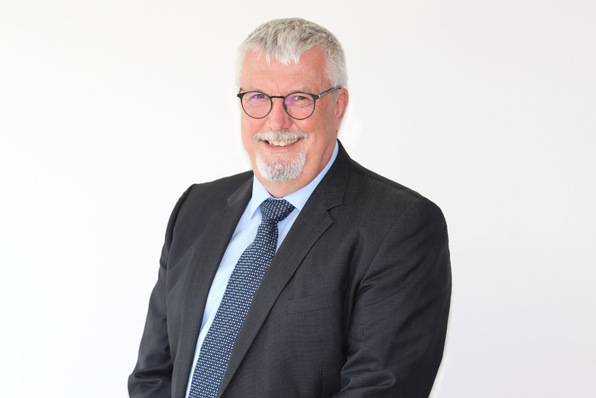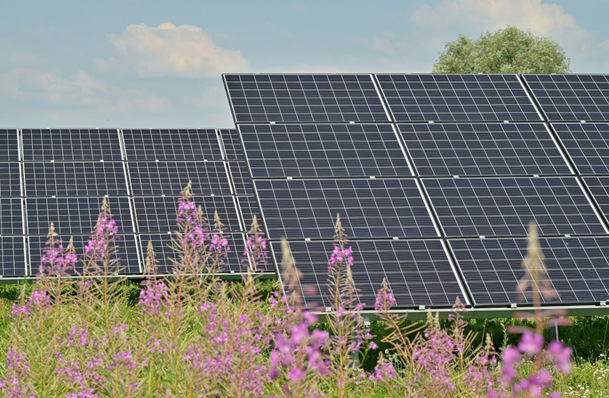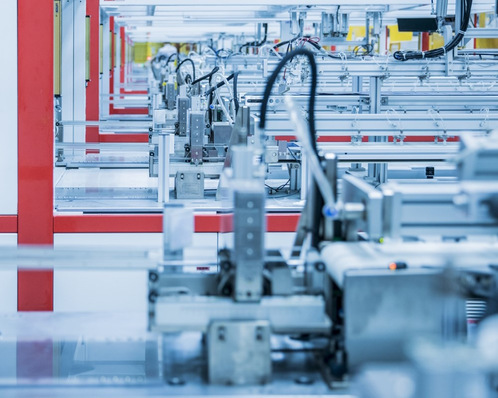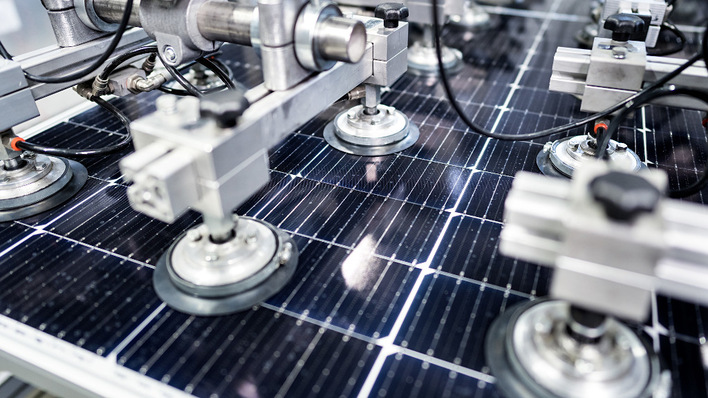The certification procedures for modules and components are becoming more demanding all the time. This comes against the backdrop of larger and heavier modules making their way onto the market. Price pressure sometimes leads to savings being made in the wrong areas, namely glass panes, frames, screws or clamps.
TÜV host to experts
At this year's Solar Energy Conference in February, TÜV Rheinland hosted around 160 experts, who also visited the TÜV headquarters in Cologne. One takeaway from their stay on the Rhine: quality issues in the industry have not declined over the years. While some problems seem to have been resolved, new issues have taken their place.
Perovskites to enable new applications for photovoltaics
As the sector matures, much of the testing has been expanded and tightened. “Some modules pass the new tests immediately,” says Eckart Janknecht, module testing expert at TÜV. “But the number of failed inspections of freshly produced modules is definitely a concern.”
Modules arriving defective from the factory
This suggests that modules are not undergoing sufficiently rigorous stress testing. “We often find that the rated power is not met,” says Roman Alexander Brück, who heads TÜV’s testing department for PV components. “Performance is between half and one percent lower. For a 650-watt module, that’s a full 6.5 watts.”
Weekly Topic: Heat exchanger that cools solar modules
A constant price pressure
The reason for this is the constant price pressure that forces manufacturers to push materials and machinery to their limits. It’s not uncommon for deliveries to include completely non-functioning or undersized modules. “One example is aluminium frames,” says Hamza Maaroufi, who regularly inspects solar parks on TÜV Rheinland’s behalf. “Modern modules are slimmed down so much that very large and heavy ones can bend under their own weight.”
Inadequate screws and clamps
Along with thin frames, long-time PV specialist Wilhelm Vaaßen criticises the use of overly thin glass. “What’s more, the screws and clamps being used are far too small,” he says. “These components should be able to carry twice the load.”
He advises investors to test the modules with the actual clamps and screws beforehand. “It’s not a big expense, given the risk it eliminates,” he says. “Damage down the line tends to cost far more.”
FuturaSun manufacturing project selected for EU funding
Even in tracking systems, critical materials are often underdimensioned. The latest modules for solar parks measure 2.50 by 1.30 metres and deliver up to 700 watts. “If the support profile is only 40 centimetres wide, that simply won’t do,” warns Vaaßen.
Thin panes break easily
Another issue is the trend toward extremely thin glass panes. Some manufacturers have reduced thickness to 1.6 millimetres. “Two panes of two-millimetre glass is standard for larger modules,” reports Maaroufi. “Even at that thickness, we see breakages in the field due to bending under heavy loads.”
At the end of the day, two layers of 1.6 mm glass (front and back) are not enough for large-scale installations.
Learning with every new facility
The last major liability case involved brittle backsheets from modules manufactured between 2010 and 2012. At the time, high-quality films were in short supply, and some manufacturers switched to polyamide. A decade later, the backsheets had become brittle and chalked, by which point many gigawatts of solar power had been lost. Cracks formed, rendering the modules unusable.
Expert analysis: How perovskite can overcome durability concerns
Foils require their own certification
Certifiers have since learned from the “film epidemic.” The new IEC 62788-2-1:2023 standard has been in effect since September 2023. “Many film manufacturers still aren’t aware of the standard, even though it’s mandatory,” says Roman Alexander Brück. “If the film isn’t certified, we won’t certify the module either.”
Test expert Eckart Janknecht advises manufacturers to contact TÜV early in the process. New films that undergo certification may require production adjustments, including pre-tests during development.
In the solar business for 40 years
TÜV Rheinland has contributed its expertise to the solar sector for four decades. Globally, around 1,000 experts are working to minimise technical risks in large-scale solar systems.
BIPV: A new insertion system for solar facades
Europe’s largest mobile testing lab for solar modules, components, inverters and now battery storage is based in Cologne, with additional labs in Bangalore (India), Shanghai (China), Taichung (Taiwan), and Pleasanton (USA). (HS/TF)


